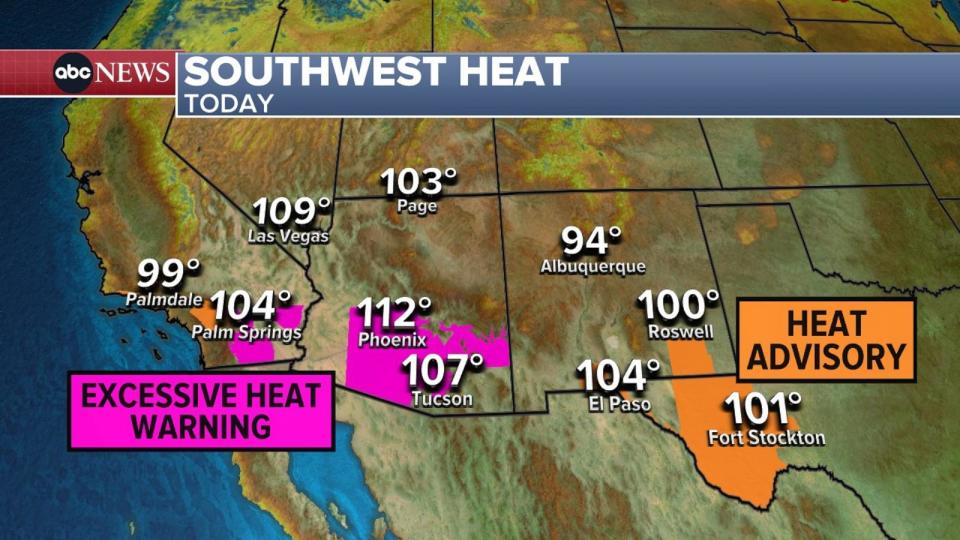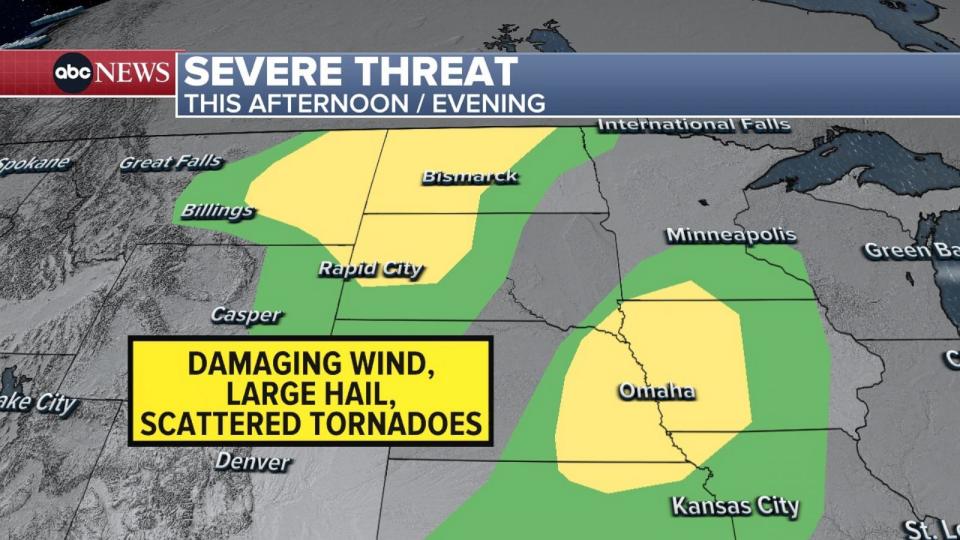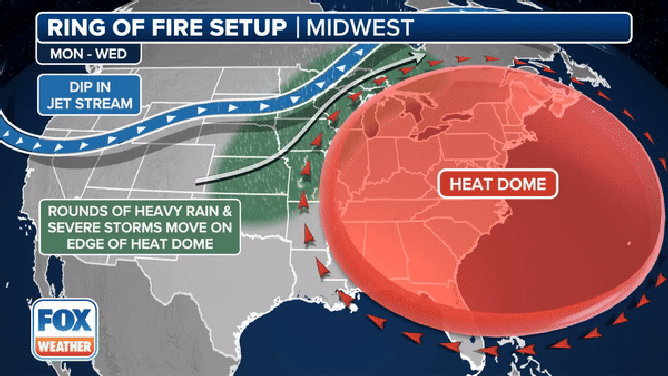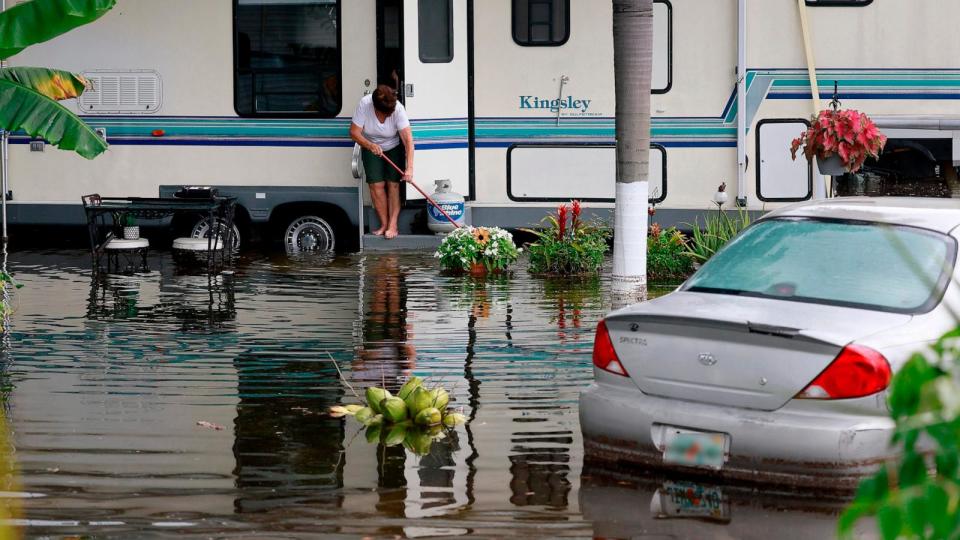Severe weather is expected to impact various parts of the United States in the coming days, with extreme heat waves in the Southwest and Midwest, heavy rain and potential flooding in the Gulf Coast region, and snowfall threats in the northern Rockies. According to multiple sources, including The Associated Press (AP) and AccuWeather, this weather pattern is a result of various climate conditions across the country.
In the Southwest and Midwest regions, temperatures have been unusually high for this time of year. Phoenix, Arizona has experienced an average temperature that is 5.6 degrees Fahrenheit hotter than normal in June, making it the hottest start to June on record. This heat wave is expected to move eastward and bring excessive heat warnings and advisories to cities such as Denver, Colorado and Chicago.
Meanwhile, the Gulf Coast region is bracing for heavy rainfall and potential flooding. According to AP, heavy rain and flash flooding are expected in the central Gulf Coast late Sunday into Monday. The National Weather Service has issued flood watches for areas including New Orleans, Louisiana and Mobile Bay in Alabama.
In contrast, the northern Rockies are experiencing unseasonably cold temperatures and even snowfall. Late-season snow is forecast for parts of Montana and north-central Idaho, with up to 6 inches of heavy, wet snow expected around Missoula, Montana and up to 20 inches predicted for higher elevations around Glacier National Park.
The AP also reports that some areas in the northern Plains are at a higher risk of flash flooding on Monday and Tuesday. Minneapolis, Fargo, Grand Forks in North Dakota, Duluth, St. Cloud and Moorhead in Minnesota are all at a higher risk of severe thunderstorms and flash flooding.
The causes behind this extreme weather pattern are complex and multifaceted. According to AccuWeather meteorologist Tom Kines, the heat wave is being driven by a high-pressure system that is causing temperatures to soar in the Midwest, Northeast, and Great Lakes region. Meanwhile, snowfall in the northern Rockies is being caused by a low-pressure system moving through the area.
It's important to note that while this weather pattern may be extreme, it's not unprecedented. According to Kines, heat waves and heavy rainfall are common during this time of year. However, the combination of both in different regions can make for a challenging weather situation.
As always, it's important to stay informed about the weather conditions in your area and take necessary precautions to stay safe. If you live in an area that is under a heat advisory or flood watch, be sure to follow any instructions from local authorities and take steps to protect yourself and your property.







